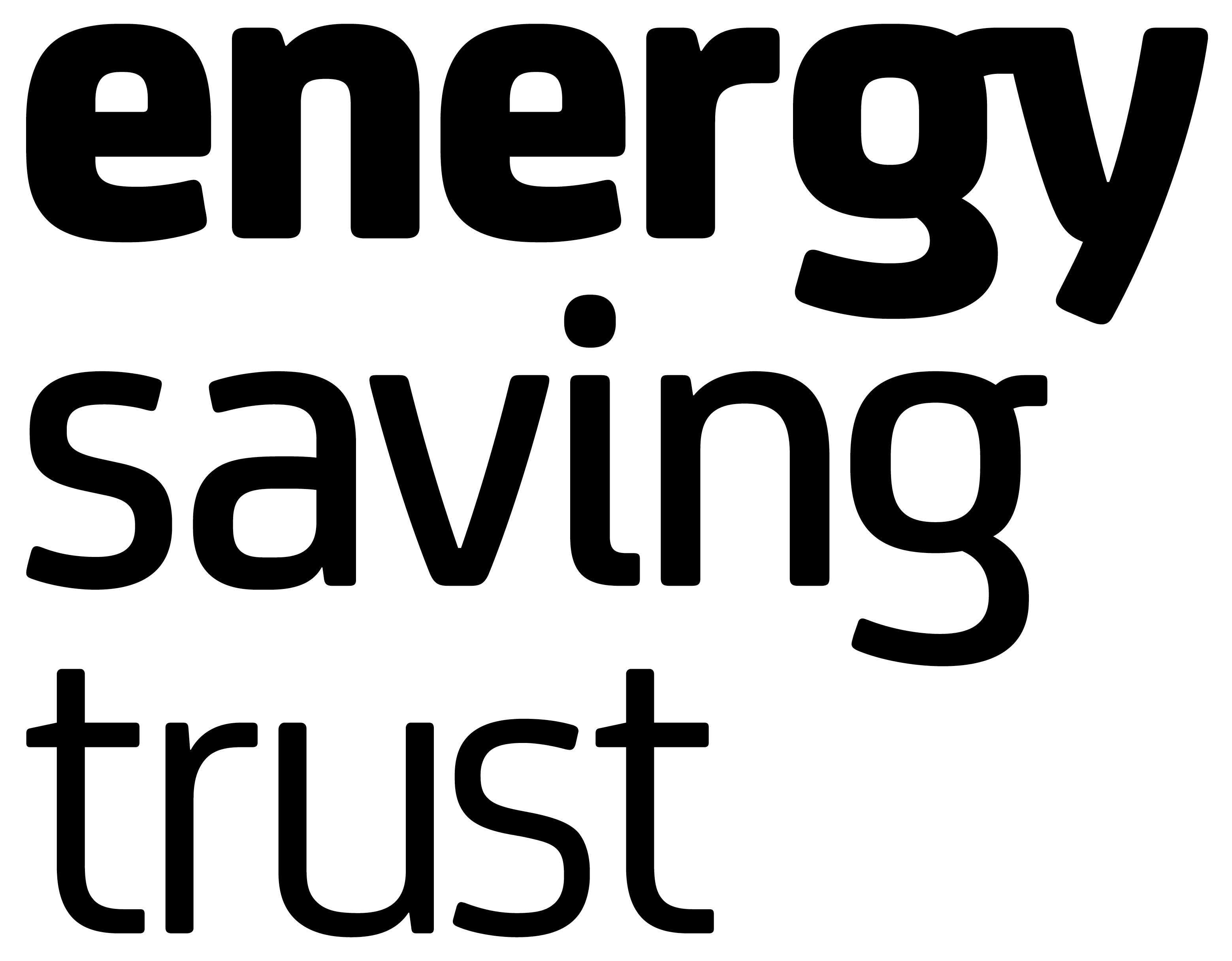Consumers today hold brands more accountable than ever for their green credentials, and a sharper focus on sustainable business practices from partners, investors and financial regulators has meant that, for most businesses, 'greenwashing' their way out of the heated global warming conversation is no longer an option.
We often hear about how this is impacting manufacturers, marketers, and compliance teams, but what impact, if any, have these shifts had on employee mobility?
Global mobility and talent: The missing link
Not enough employees willing to be internationally mobile
Special report: Global mobility
We recently held a quarterly advisory board for our customers, and sustainability quickly emerged as the most pressing issue. For most, attention has moved towards improving the 'mobility supply chain', with mobility teams facing increased scrutiny over carbon-intensive activities such as flights, household goods shipping and eco-friendly accommodation.
Yet, despite being one of the biggest areas of concern for businesses, with almost all (90%) leaders seeing the importance of sustainability today according to the World Economic Forum, only 60% have a sustainability strategy in place.
It seems that the challenge for many may be knowing where to start; a daunting task at first, but one that can be easily kickstarted with just a few key steps.
Educate your people
In order to get any initiative off the ground within an organisation, you need people who are armed with the right knowledge and skills to deliver it, and this requires a robust training programme.
Great strides have been made here in recent years. The same research from World Economic Forum has found that over half (57%) of businesses are now providing training to employees on climate change and the importance of climate action.
Of course, this figure could – and should – be higher today, and certainly we need this reflected across every level of an organisation, including employee mobility.
It’s important to recognise that educating your employee mobility teams on sustainable business practices, and rolling out the likes of carbon literacy programmes, will, in turn, underpin your carbon reduction programme and enable your business to reach its sustainability goals.
And as you look further into the future, regularly auditing and reviewing your organisation’s sustainability training will help highlight any blind-spots or gaps which may need to be amended to address current sustainability challenges.
Choosing suppliers wisely
Next, on your journey to a greener mobility supply chain, carefully auditing your suppliers and partners is essential.
Look closely at how your suppliers – transport, housing, shipping and healthcare providers – are approaching ESG and ask: “how can they help me achieve my sustainability targets” and “what can I expect from them in terms of transparency and support?”
With that in mind, when looking at your own goals and those of your supplier, being able to audit these will help with the essential framework of targets and issues to address.
We recommend establishing a centrally organised committee dedicated to achieving your sustainability targets. This is a great way to ensure plans stay on track and engender accountability. The committee should be responsible for tasks such as:
- Developing a cohesive sustainability agenda across the organisation
- Researching and appraising emerging technologies for future development
- Building stronger sustainable service propositions
- Developing a robust reporting narrative for setting, measuring, and developing targets
An honest partnership
Establishing a strong partnership with your suppliers – that allows for open and honest conversations about important issues – is vital to the success of your sustainability journey.
Of course, suppliers will always differ in size, maturity, and financial performance.
However, it’s important that you are able to make it clear to them that their business practices and ESG performance has an impact on your own sustainability targets.
When approaching your suppliers, consider whether joint educational activities would be beneficial, to help better understand any challenges they may be facing. For example, are your suppliers using renewable energy, and to what degree?
Can they collate their own sustainability data to help you build a better picture of your Scope 3 impact?
Remember, Scope 3 provides a standardised methodology that can be used to account for and report emissions from companies of all sectors, globally.
Opening up these conversations will give a better idea of your suppliers’ level of maturity in the sustainability space, and help you build a more sustainable supply chain as a result.
Parting thoughts
From assessing the impact of your supply chain, to educating your people on its carbon impact, building a sustainability strategy for your mobility department is no easy task.
That said, with environmental pressures mounting on a global scale, and the UK vowing to slash its carbon emissions by almost 70% before 2030, re-thinking how you design and deliver your global mobility programmes will become increasingly important over the next decade.
By aligning your activities with those of your supply chain partners, you can establish similar sustainability goals that make a meaningful impact on carbon emissions, which is bound to set you on your way towards a greener future.
Caitlin Pyett is director of Account Management Asia and consulting lead at Crown World Mobility










